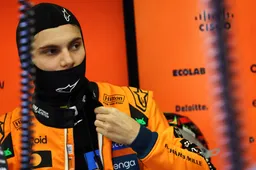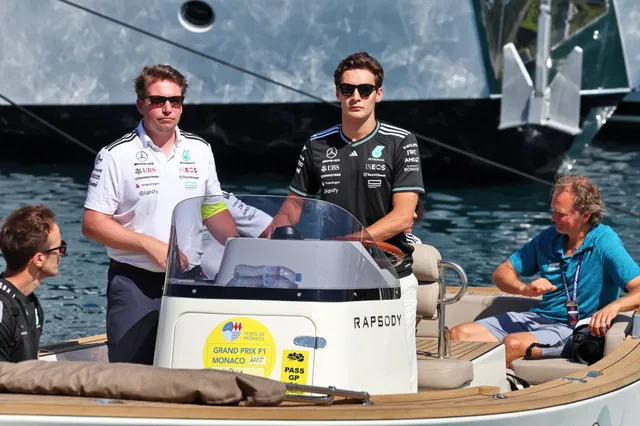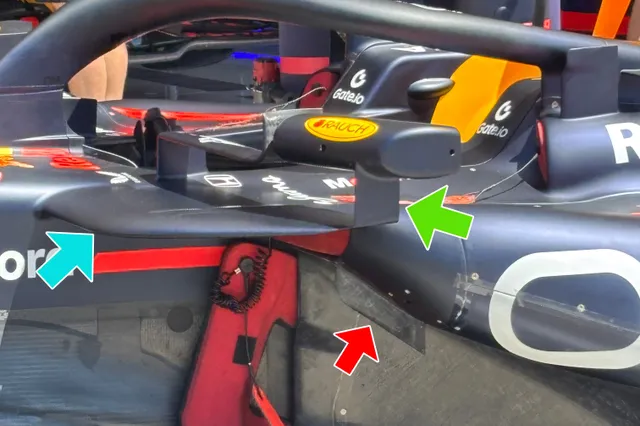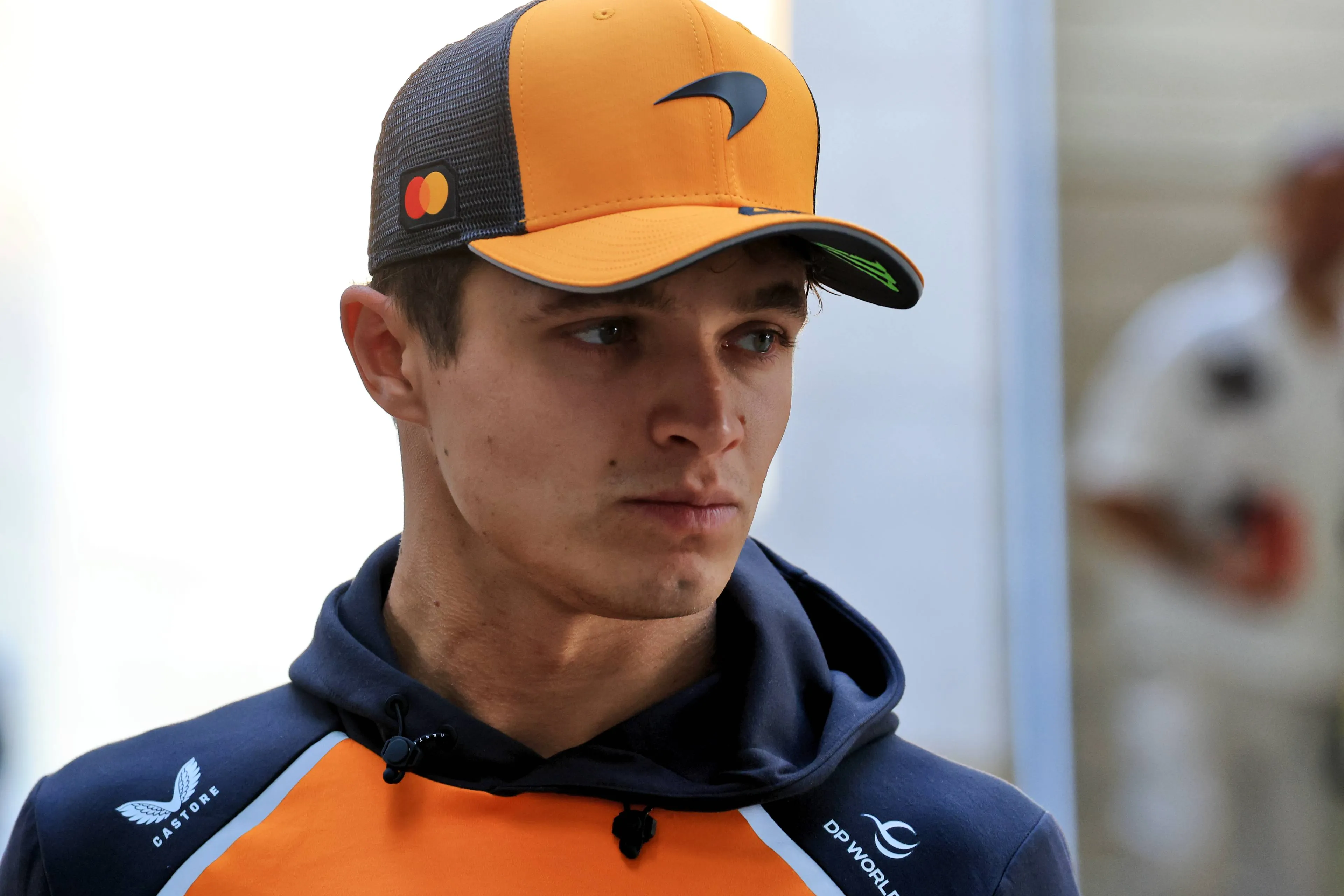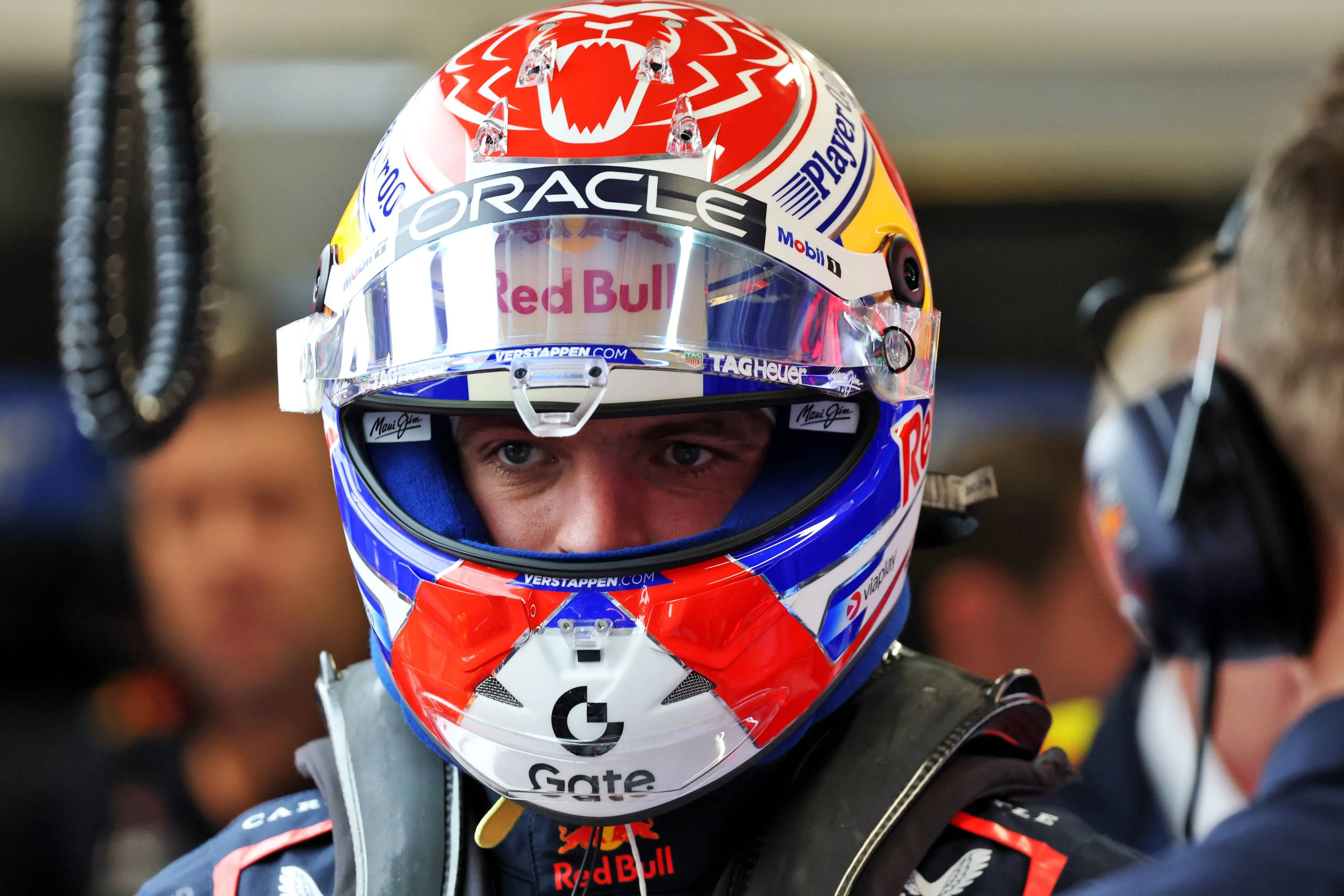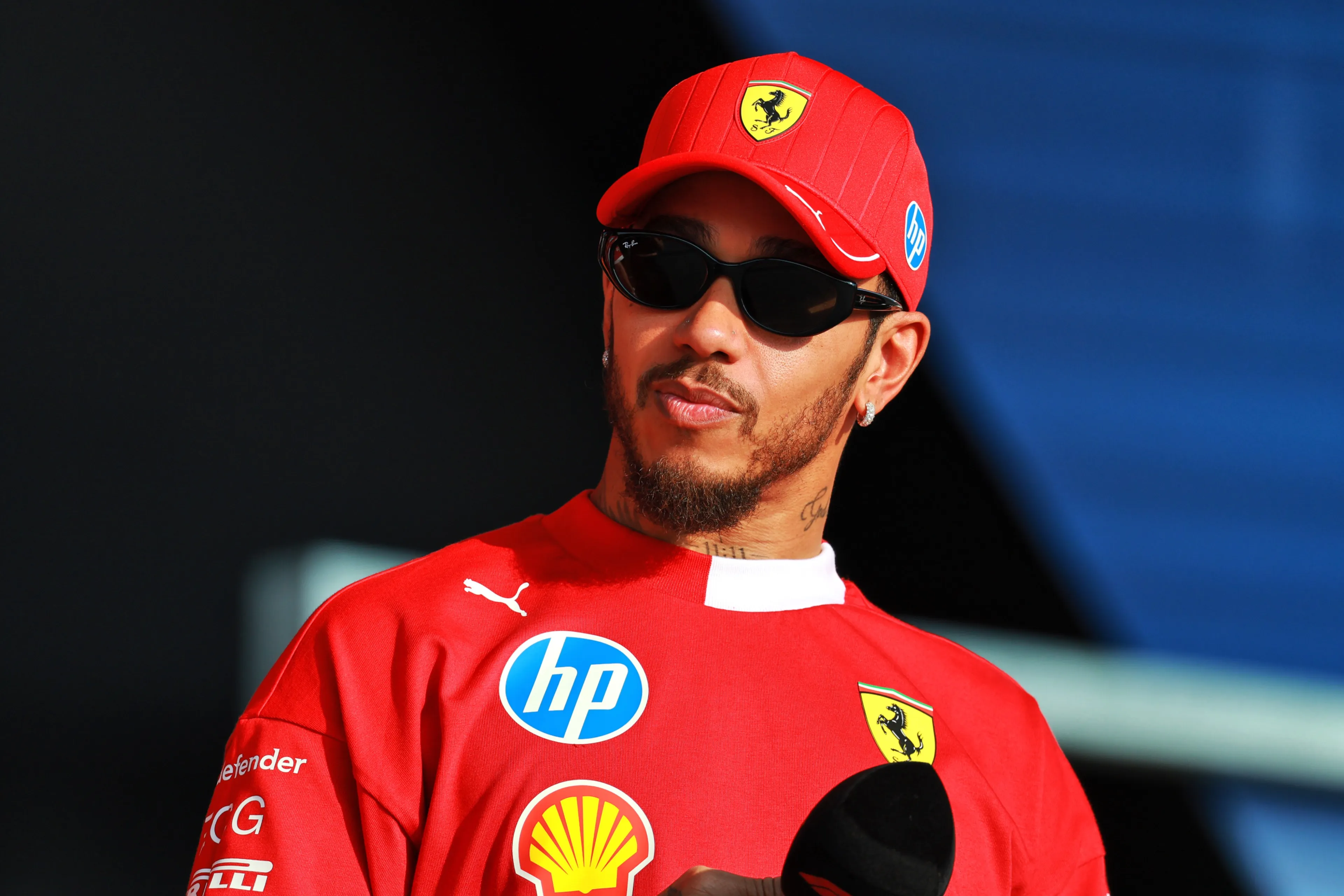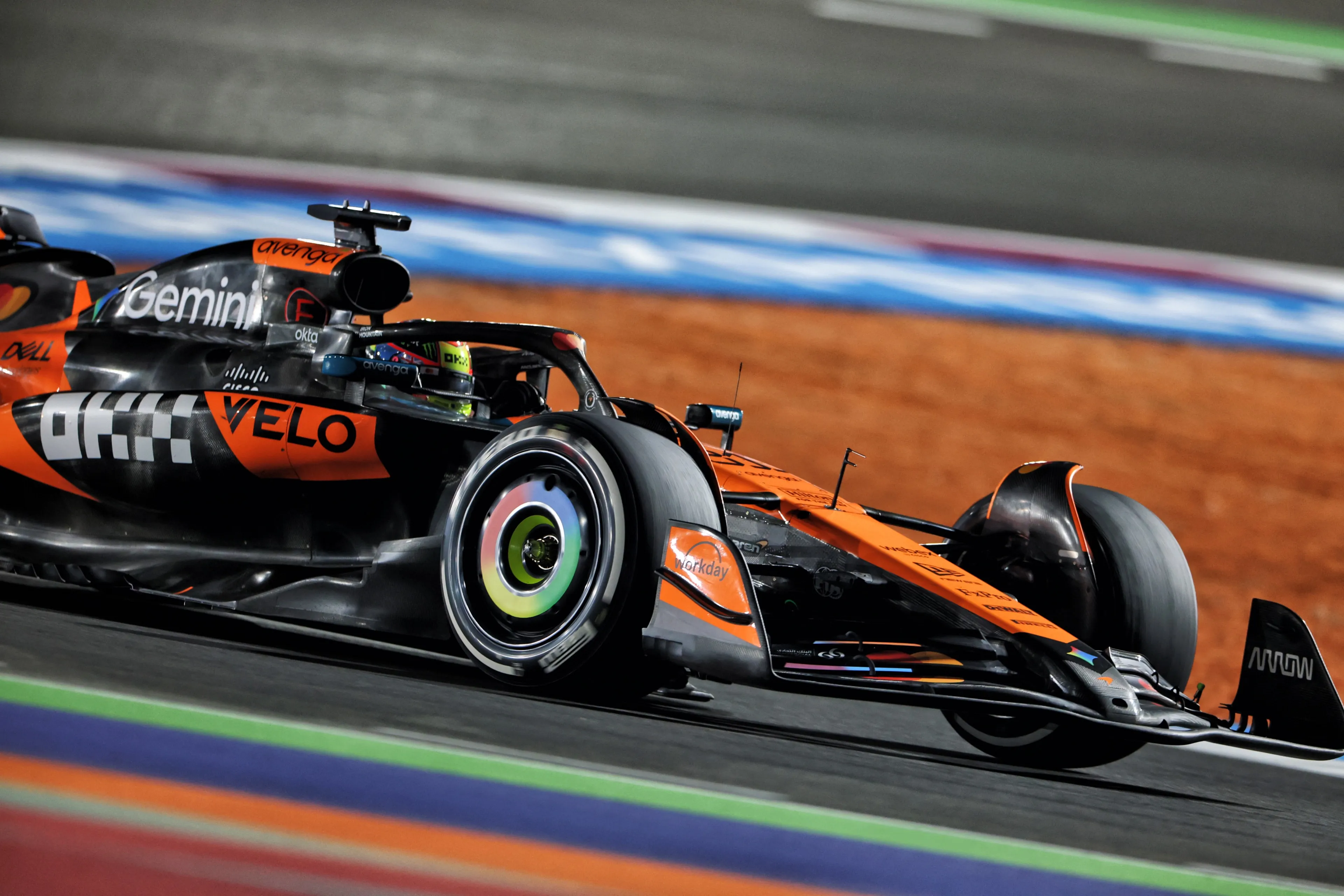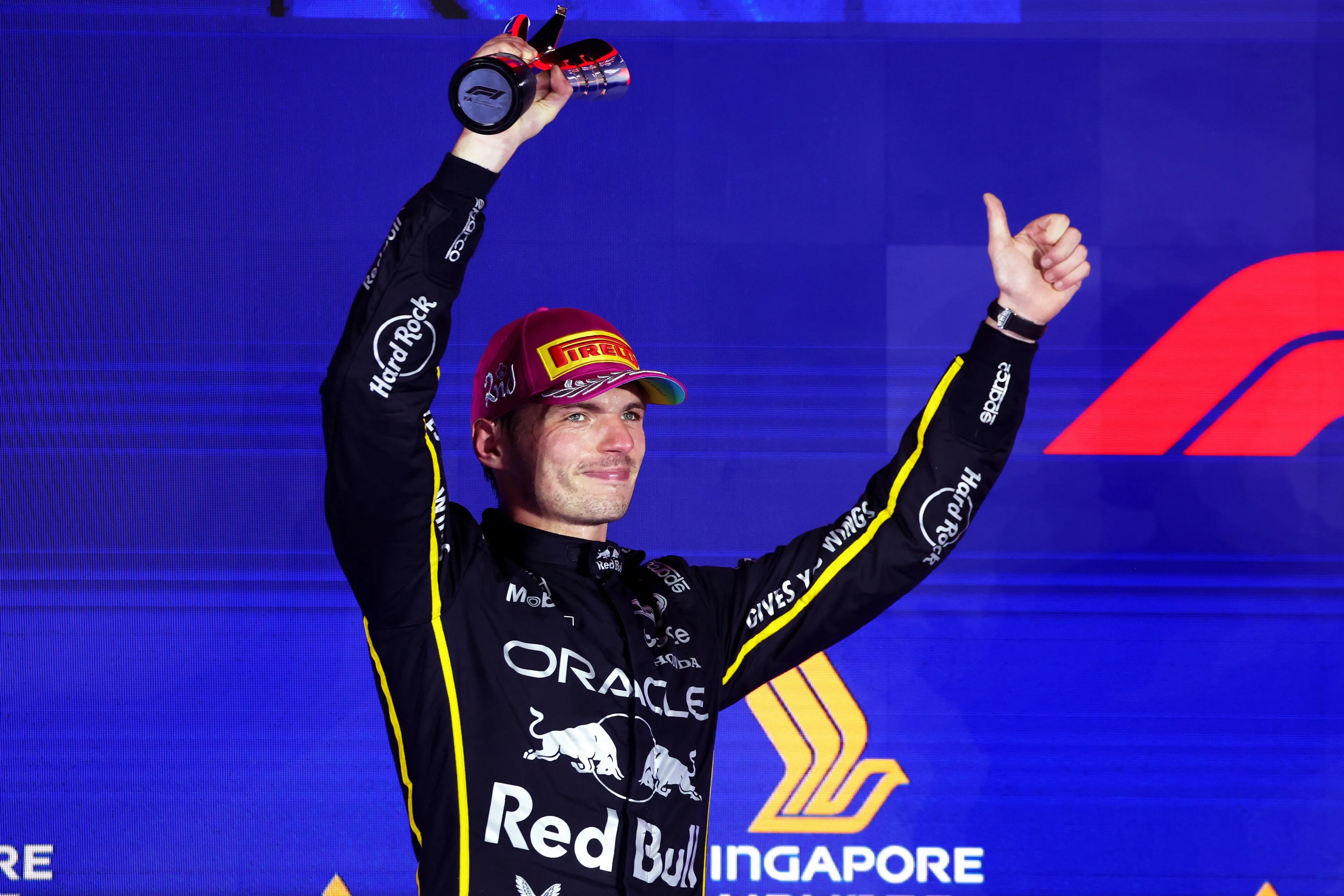F1 Tech | How will the new technical directive affect teams' performance in Spain?
From the Spanish Grand Prix onwards, the FIA will introduce a revised technical directive related to the front wing flexing, in order to limit the performance advantages in this grey area of the regulations. Stricter measurements have been introduced to make front and rear wings less flexible when subjected to a fixed load. But which teams can benefit from this new rule?
Starting from Barcelona, the FIA will introduce more specific and rigorous tests for what concerns the front-wing flexing, which is a key area teams have been exploiting over the last year and a half to gain more performance both in the slow speed and in high speed corners.
What should we expect from the new TD?
The reason behind this revised directive was that, despite all cars passing the static tests (tests made inside the FIA garage, with cars stopped) made by the FIA, some cars’ front and rear wings were flexing much more than allowed under the effect of air pressure when they were running on track.
The revised version of the TD018 foresees a lower amount of flexing for the front wing in two different areas compared to the previous version.
As highlighted in the drawing below, the first test will concern the flexing of the mainplane; according to the revised rule, when the mainplane is subjected to a static load of 100 N (which is around 10kg), it doesn’t have to bend more than 10 mm, while with the previous rule (which was in force until the Monaco Grand Prix) the bending allowed was up to 15 mm.
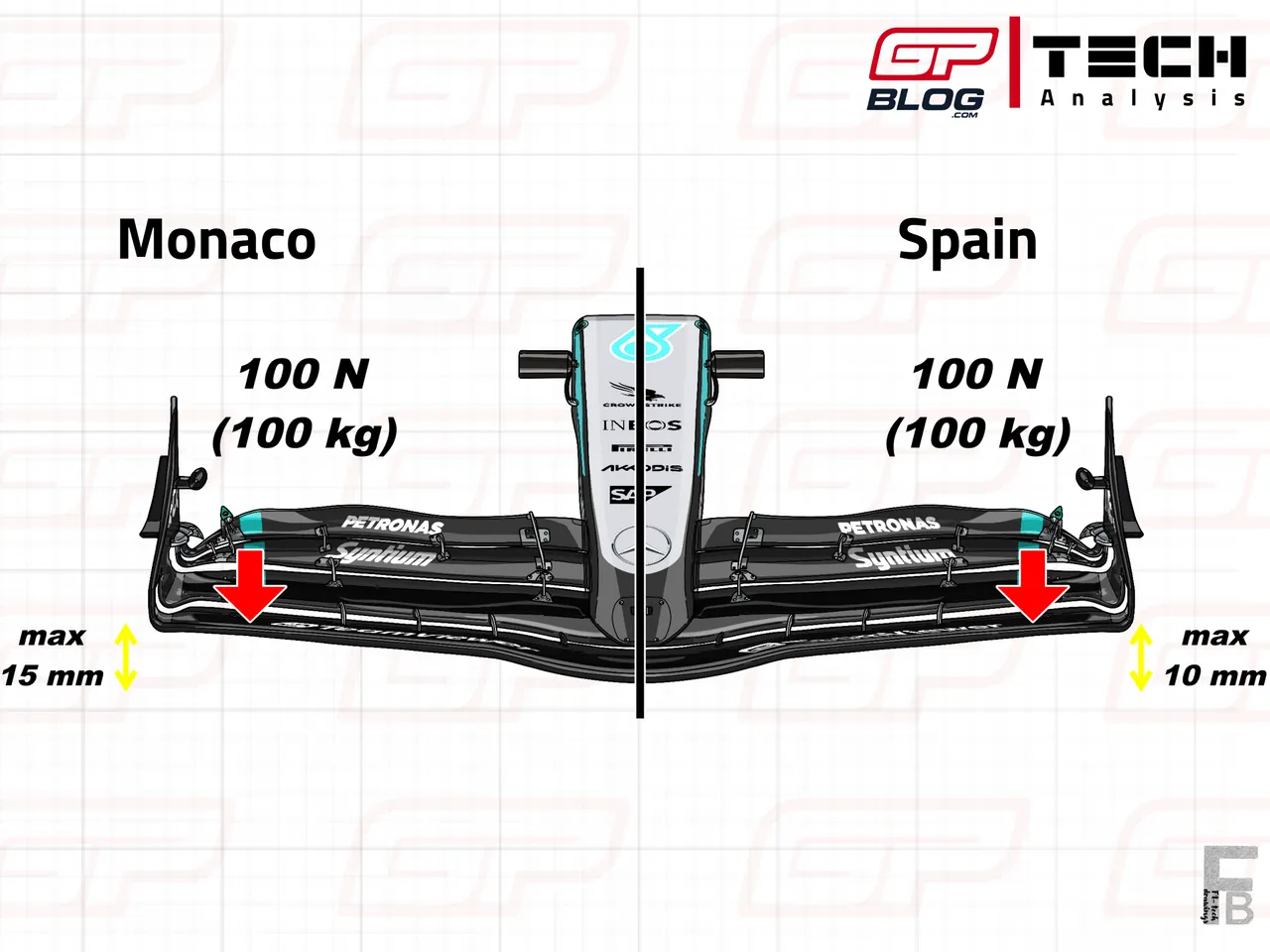
Moreover, stricter checks will be made on the flaps themselves; according to this new directive, the front wing flaps can’t bend more than 3 mm under 60 N (around 6 kg) of static load from Barcelona onwards, while until Monaco, they could flex up to 5 mm under the same weight.
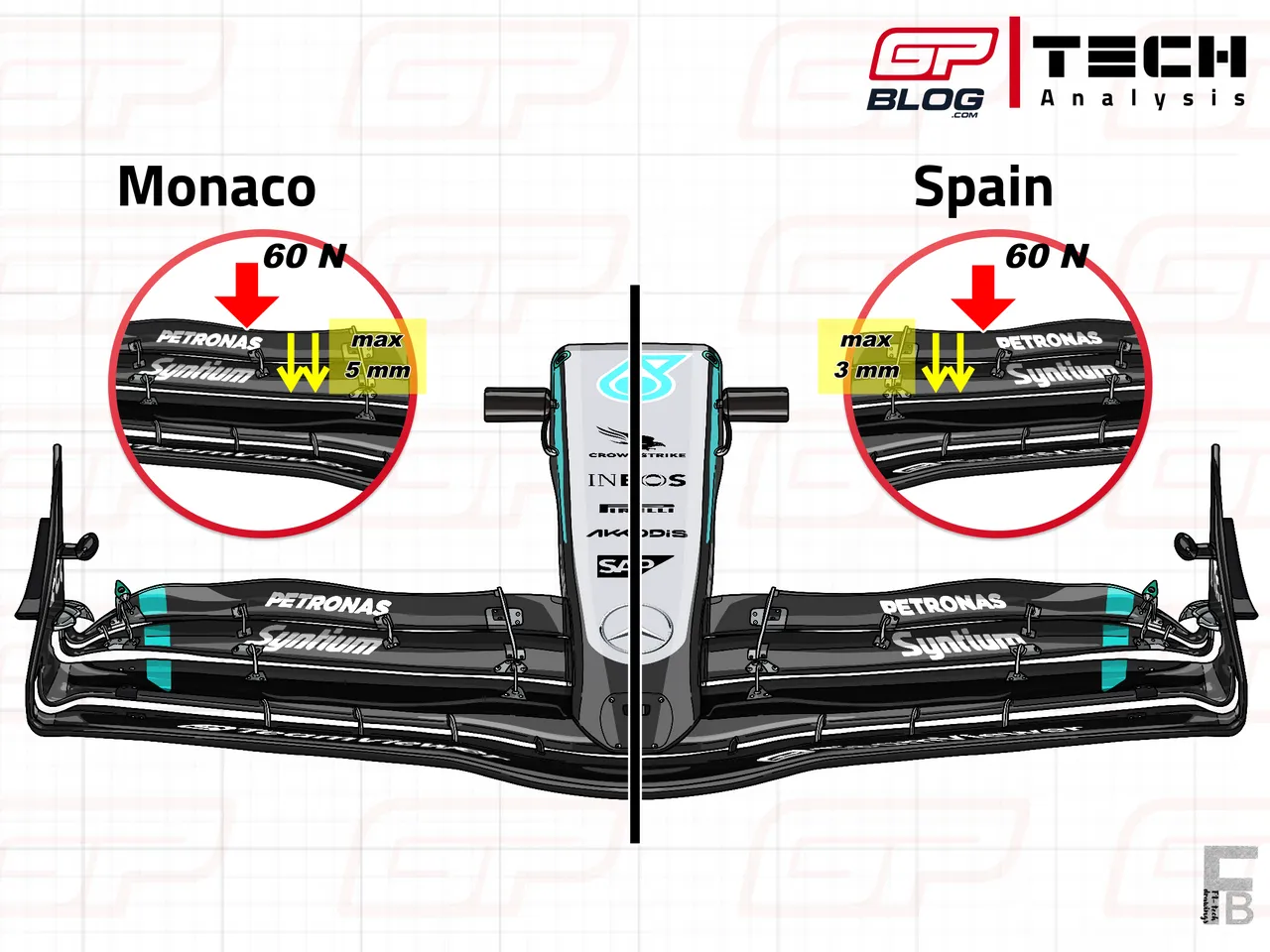
The revised technical directive mainly aims at reducing the advantage of some teams for what concerned the flexing of the front wing under the load generated from air pressure.
Teams exploited this kind of design to use higher downforce front and rear wings, which could generate higher downforce and grip at slow speed to then benefit from their flexing at high speed, consequently reducing the level of drag generated from these profiles.
Which teams could benefit from this change?
Before trying to understand which teams will be more impacted by this revised rule, it’s useful to hear from Mercedes’ Bradley Lord about the technical aspects behind this extreme design adopted by teams.
"We wouldn’t be doing it if it was negative, and it’s fair to say no team would be choosing to run the wing the way we are having to from Spain unless we had been obliged to do so by technical directives,“ said Lord.
“So we don’t know at the moment is the honest answer. We can expect it to make a difference, certainly make the car a little bit more delicate to balance between a happy low speed balance to get around the slow corners and then not being too nervous in the high speed corners. But what the relative impact will be, only the weekend will show. “
Read also
His words are proof that teams tried to take advantage of flexing front wings to have a better balance between high speed and low speed, thus improving their cars’ performance on a huge variety of layouts. But which teams are going to be penalised the most?
Starting from the leading McLaren, it seems like they haven’t been depending much on it. Their strength mainly came from a better balance between high-speed corners and low-speed corners, with the MCL39 that never had as much front wing flexing as the W16 had, for example.
This said, the new TD probably won’t have a big impact on their performance, as the Circuit de Barcelona-Catalunya should favour their car due to the high-deg nature of this layout.
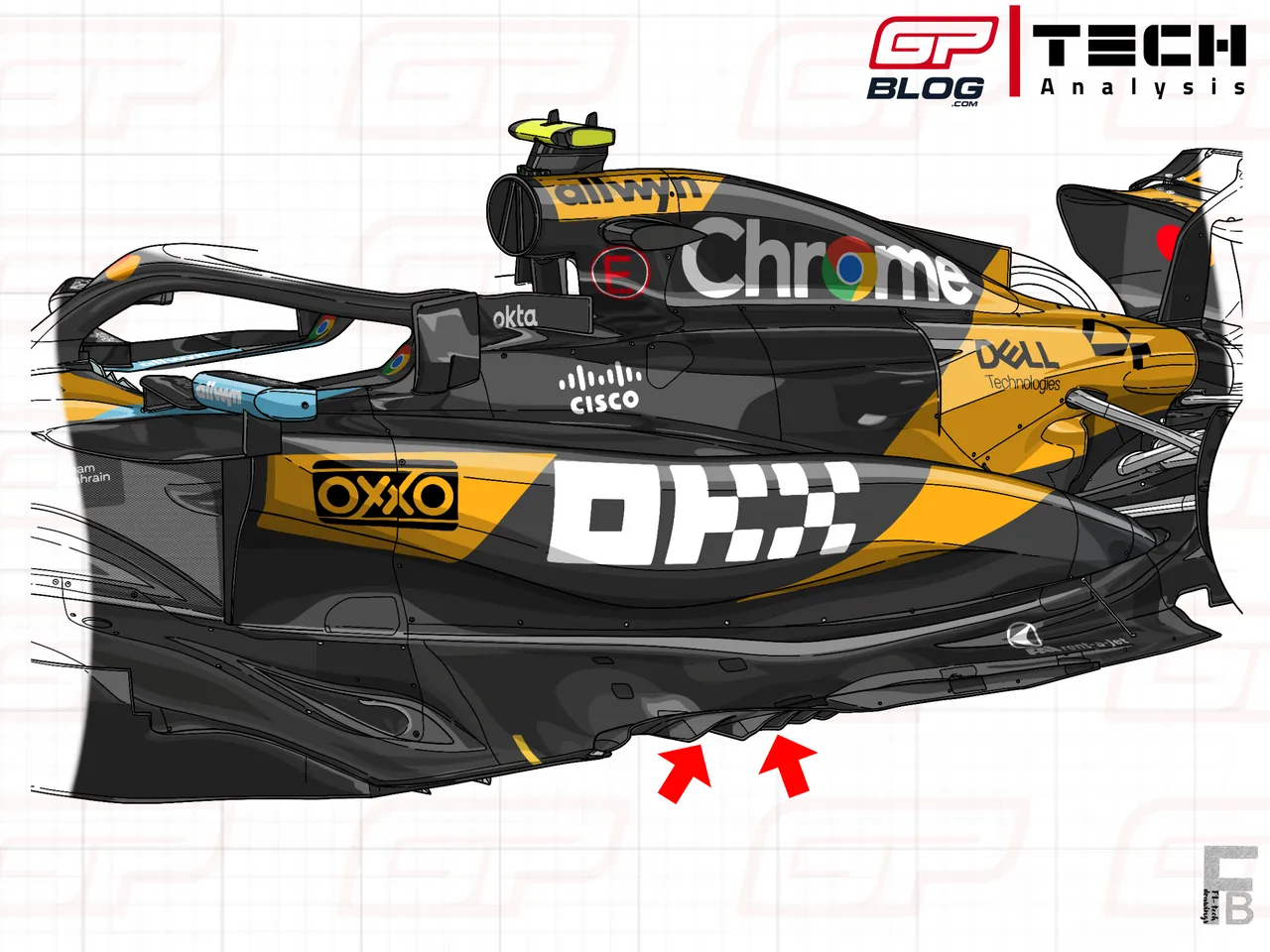
Moving on to Red Bull, the Milton Keynes-based team should be the least penalised by this revised regulation. As already underlined by the team’s engineers during the first third of this season, the stiffer the wings, the better for them. As a consequence, these new regulations should favour them, especially over Mercedes.
Moreover, the Spanish layout should fit the RB21 very well; the medium-high speed nature of the track is ideal for the updated Red Bull car, which seems to be designed for circuits where stiff suspension set-up and low ride heights are needed, just like Barcelona.
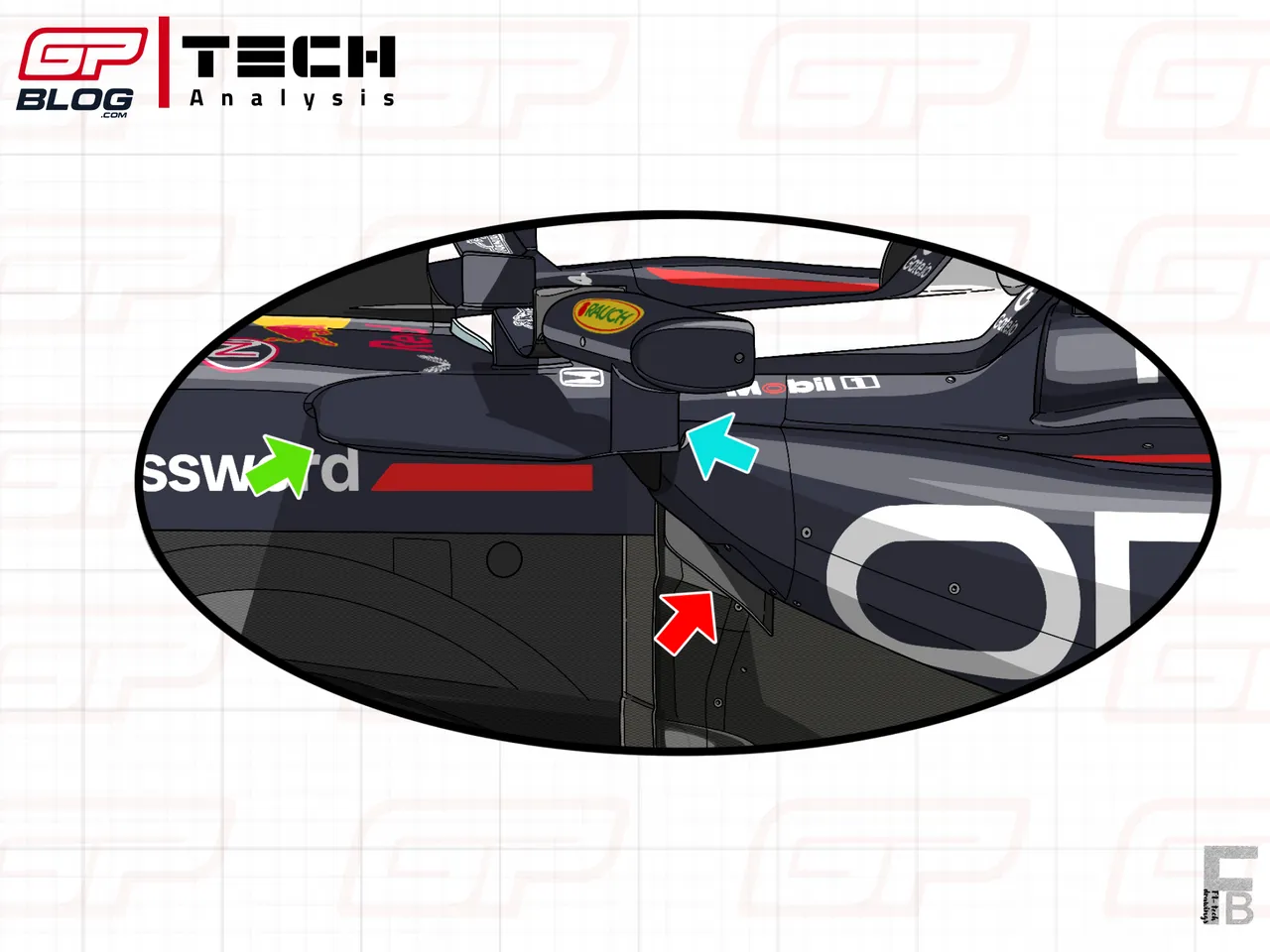
For what concerns Ferrari, they seem to be pretty hopeful that the revised FIA directive will help them; from what we’ve been seeing through the first few races of this season, Ferrari aligns with Red Bull as one of those cars that make less use of the effect of this flexing design.
The track layout should also be a big help for the SF-25’s characteristics. For what we’ve been able to understand, the Scuderia car has a very strong front end, which makes it particularly strong on smooth asphalts and high-speed corners.
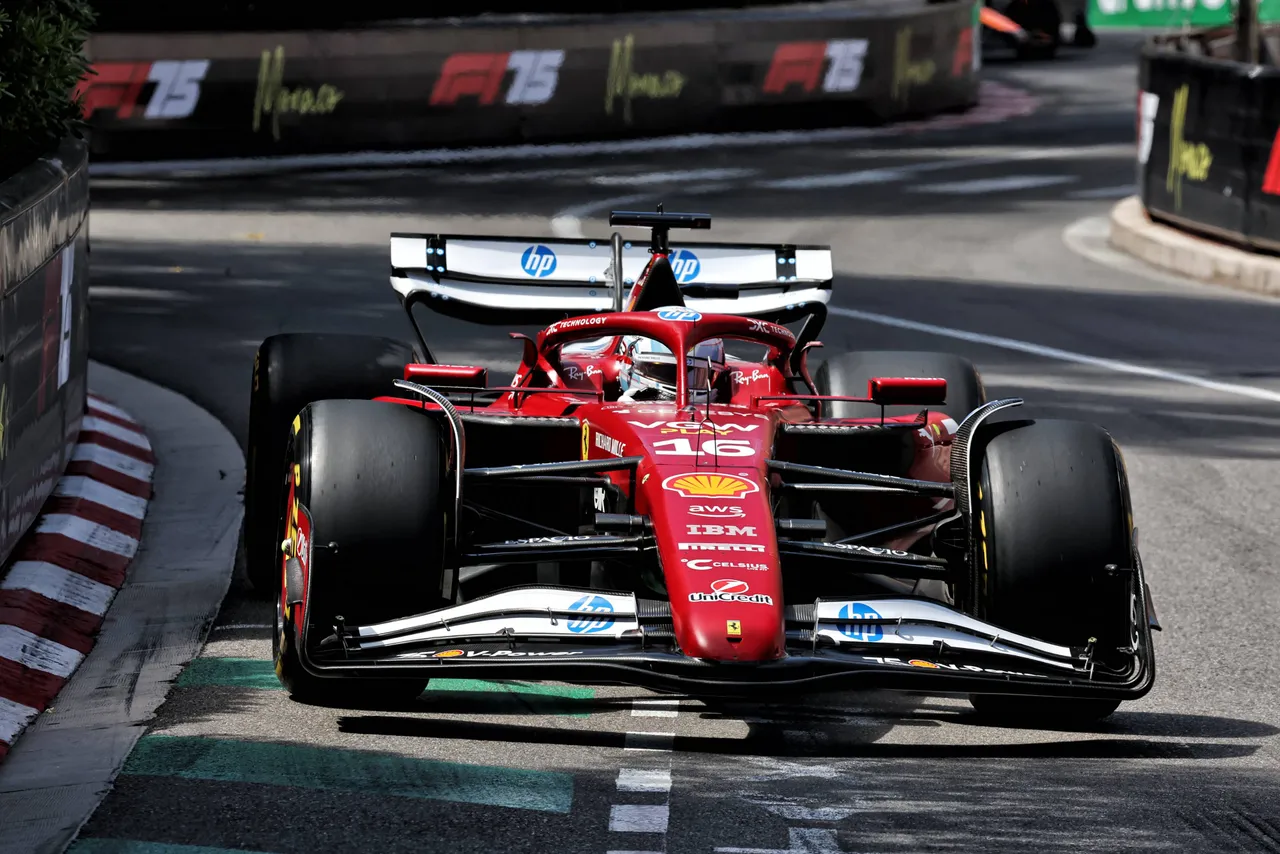
For these reasons, the Circuit of Barcelona should be a good track for them, even though the high-deg nature of this layout could slightly penalise Hamilton and Leclerc during Sunday’s race.
Last but not least, Mercedes is rumoured to be the most affected team by the new TD.
Already for the Emilia Romagna Grand Prix in Imola, they brought a revised front wing to be compliant with the effects of the Spanish Grand Prix directive to evaluate the effects on performance.
The results seemed a little scary; the W16 seemed to have lost the great balance between slow-speed and high-speed, which has been one of the car’s strengths since the beginning of the season. This was quite evident in Monaco as well, with both cars never able to be strong over the single lap, which has been one of their strengths since Melbourne.

For the just mentioned aspects, it’ll be interesting to see their performance in Barcelona to see whether the directive has effectively hit them more than others, and if Ferrari and Williams could be a threat to the Brackley team from Barcelona onwards.
Read also
Popular on GPBlog

Aston Martin has informed staff following rumors about Horner’s arrival

Marko identifies Verstappen's problem during Sprint Qualifying

This is the provisional grid for the F1 Qatar GP sprint race
